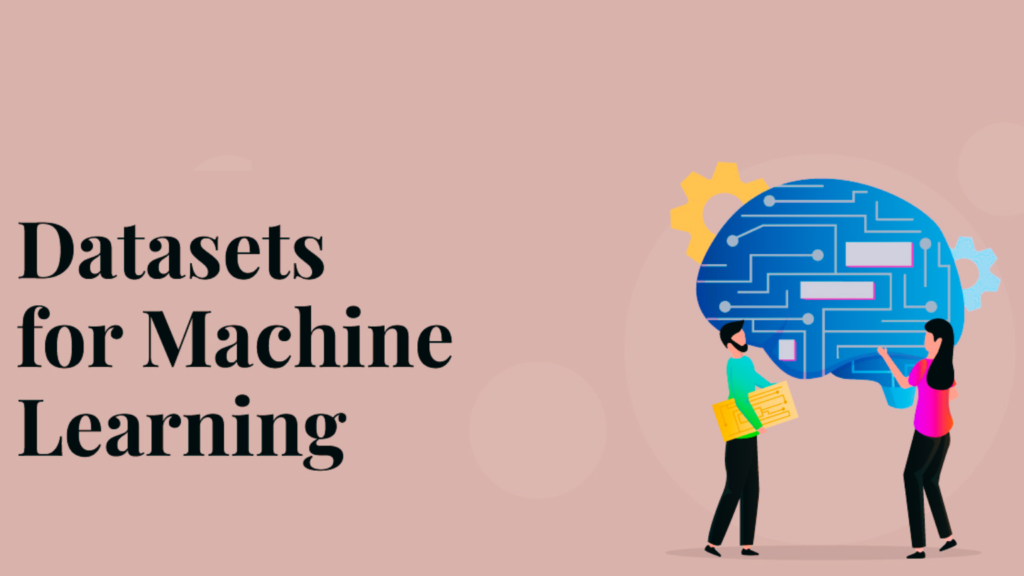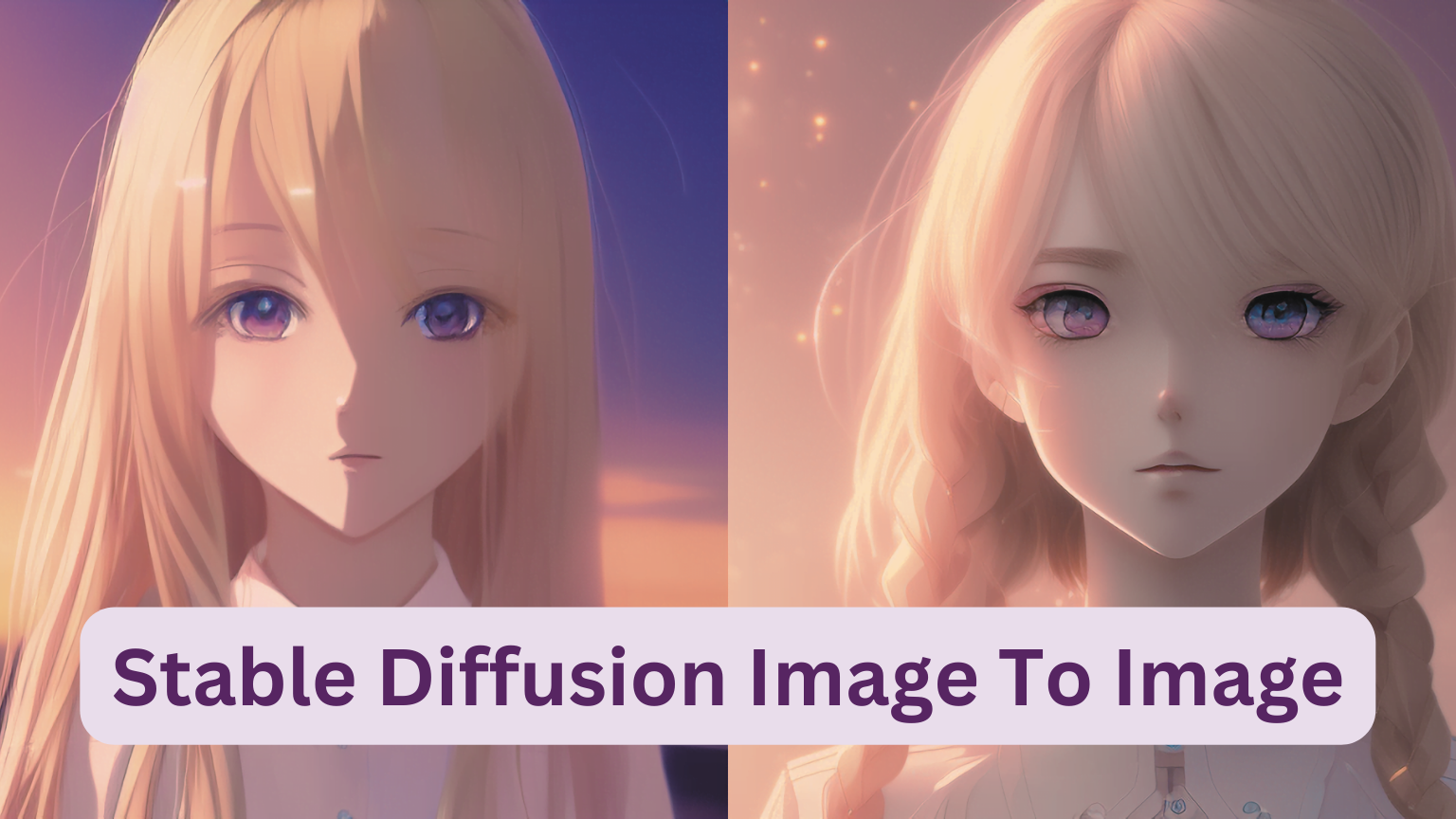Image classification is a popular application of machine learning that involves training a model to recognize and categorize images based on their visual features. However, one of the biggest challenges in image classification is preparing a large dataset of images that can be used to train and test the model. In this article, we will provide a step-by-step guide on preparing large image datasets for image classification.
Preparing Large Image Datasets
Step 1: Collecting Images
The first step in preparing a large image dataset is to collect images that are relevant to the problem you are trying to solve. For example, if you are building an image classifier for different types of fruits, you would need to collect images of different fruits such as apples, bananas, oranges, and so on.
There are several ways to collect images, including:
– Downloading images from the internet: There are several websites that provide free images that can be used for non-commercial purposes. Some popular websites include Unsplash, Pexels, and Pixabay.
– Capturing images using a camera: If you have access to a camera, you can capture images of objects that are relevant to your problem.
–Using pre-existing datasets: There are several pre-existing datasets that can be used for image classification, such as the CIFAR-10 and CIFAR-100 datasets.
Choosing the Right Image Format
When collecting images for your dataset, it is important to choose the right image format. The most common image formats are JPEG, PNG, and BMP. JPEG is a compressed format that is suitable for photographs, while PNG is a lossless format that is suitable for images with transparent backgrounds. BMP is an uncompressed format that is suitable for images with simple color schemes. Choosing the right image format can help to reduce the size of the dataset and improve the performance of the model.
Best Algorithms for Face Recognition
Step 2: Preprocessing Images
Once you have collected a large number of images, the next step is to preprocess them so that they can be used for training and testing the model. Preprocessing involves several steps, including:
– Resizing images: Images may be of different sizes, so it is important to resize them to a uniform size so that they can be fed into the model. A common size for images is 224×224 pixels.
– Normalizing pixel values: Pixel values in images range from 0 to 255, so it is important to normalize them to a range of 0 to 1 so that they can be processed by the model.
– Splitting images into training and testing sets: It is important to split the dataset into training and testing sets so that the model can be trained on one set and tested on another set.
Labeling Images
Labeling images involves assigning a category or class to each image in the dataset. This is an important step in image classification, as it allows the model to learn the relationship between the visual features of the image and its corresponding label. There are several tools that can be used for labeling images, such as LabelImg and RectLabel.

Step 3: Augmenting Images
Augmenting images involves creating new images from the existing dataset by applying transformations such as rotation, flipping, and zooming. Augmenting images can help to increase the size of the dataset and improve the performance of the model. There are several libraries that can be used for image augmentation such as Keras ImageDataGenerator and OpenCV.
Step 4: Building the Model
Once the dataset has been prepared, the next step is to build the model. There are several pre-trained models that can be used for image classification, such as VGG-19, ResNet, and Inception. These models have already been trained on large datasets and can be fine-tuned for a specific problem by adding a few layers to the model.
Step 5: Training and Testing the Model
The final step is to train and test the model using the prepared dataset. The model is trained on the training set and tested on the testing set. The performance of the model is evaluated using metrics such as accuracy, precision, and recall. If the performance of the model is not satisfactory, the dataset can be further augmented or the model can be fine-tuned.
The Emergence of Get Paid to Do Tasks Copy
Conclusion
Preparing a large image dataset for image classification can be a challenging task, but it is an important step in building an accurate and reliable model. In this article, we have provided a step-by-step guide on how to prepare a large image dataset for image classification. By following these steps, you can build a model that can accurately classify images and solve real-world problems.
FAQs
What is a large image dataset?
A large image dataset is a collection of images that is large enough to train a machine learning model for image classification. The size of the dataset depends on the complexity of the problem and the number of classes.
How do I collect images for my dataset?
You can collect images for your dataset by downloading them from the internet, capturing them using a camera, or using pre-existing datasets.
How do I resize images in my dataset?
You can resize images in your dataset using libraries such as OpenCV or PIL. The images should be resized to a uniform size so that they can be fed into the model.
What is a batch size?
A batch size is a hyperparameter that determines the number of samples that are processed by the model at once during training. A larger batch size can lead to faster training times, but may also require more memory.













